Title: Distinct Mineralogy and Age of Individual Lava Flows in Atla Regio, Venus Derived From Magellan Radar Emissivity
(Journal of Geophysical Research: Planets, February 2021, closed access)
Authors: J. Brossier, M. S. Gilmore, K. Toner, and A. J. Stein
First author affiliation: Department of Earth and Environmental Sciences, Planetary Sciences Group, Wesleyan University, Middletown, CT, USA
With surface temperatures above the melting point of lead, and an atmosphere so corrosive it kills robotic missions in minutes, surely the last thing planetary scientists want to find on Venus is active volcanoes. Unfortunately for robots (and engineers), knowing whether Venus still has volcanic eruptions – or when the last one was – could be one of the most useful clues about whether Venus is still geologically active and what is going on beneath its surface.
A mystery that lives on in planetary science is what tectonic processes (if any) are happening on Venus. We know that Earth has plate tectonics, and Venus doesn’t, even though both planets are roughly the same size and likely made up of similar minerals. We also know that Mars has stagnant lid tectonics, but this doesn’t quite match up with Venus observations either. If volcanoes are still erupting on Venus, they would be the best place to look for evidence about how Venus has evolved over time, and maybe tell scientists more about what to expect on rocky, Earth-sized planets outside of our Solar System.
Peering beneath the clouds
So, how do you figure out the history of volcanic eruptions on a planet when you can’t even see its surface?
Unlike Earth and Mars, which have atmospheres that are a lot more visible light-friendly, the most detailed images we have of Venus’ surface come from radar observations by orbiters like NASA’s Magellan mission. The long wavelengths of the microwaves and radio waves used in radar imaging are able to penetrate Venus’ thick atmosphere and cloud layer and reflect off the surface, allowing scientists to map the planet’s topography.
However, radar measurements can provide much more than just information about the heights of different features on Venus’ surface. Venus’s surface also generates radiation through thermal emission which can be detected from orbit (and even Earth!) by radiometers and radio telescopes like the late Arecibo. Depending on the physical properties of rocks on Venus, including the conductivities of minerals and the roughness of the rock surface, Venus scatters, absorbs, and emits microwave radiation, generating distinct radar signals in different places.
These radar signals are measured in terms of “emissivity”, i.e. how good a material is at emitting and absorbing electromagnetic radiation at a particular temperature when compared to a perfect blackbody. Most of Venus has an emissivity around 0.85 – consistent with a surface covering of basaltic rock.
A puzzle at the peaks
Arguably the greatest mystery to arise out of the global radar maps of Venus from Magellan in the 1990s was a strange pattern in the emissivity of Venus’ surface with altitude – most of the highest peaks on Venus show a dramatic drop in radar emissivity to values as low as 0.35, all at roughly the same elevation!
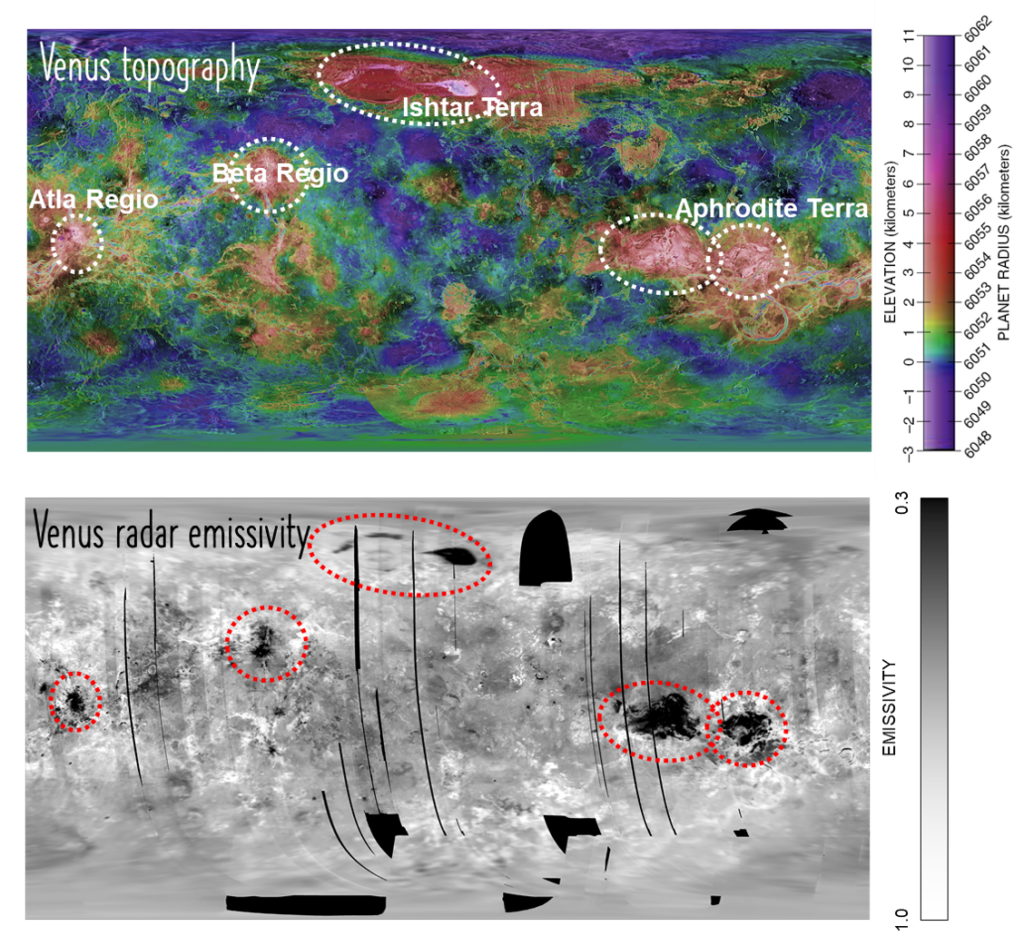
The strange consistency in the altitude of the emissivity drop is the first clue to what is going on. The temperature of Venus’ atmosphere decreases with altitude, just like it does on Earth, so the prevailing theory to explain the emissivity pattern is that something is going on once the temperature of Venus’ atmosphere drops below 700K (temperatures at lower elevations can reach up to 820K!).
The emissivities at these high altitudes are almost a factor of 2 lower than values observed anywhere on the other terrestrial planets. The lowest emissivities on Earth are only around 0.6 (found in deserts), and emissivity on Mars doesn’t go below about 0.75. This suggests that whatever is causing the temperature-sensitive emissivity changes involves either processes or materials unique to Venus within our Solar System. Previous work has suggested the condensation of highly conductive minerals from the atmosphere as “metallic frosts,” and chemical reactions between the surface and atmosphere of Venus to produce “ferroelectric” minerals with temperature-sensitive electrical properties.
Mineral match-up
Today’s paper explores this second hypothesis, using altitude-emissivity data for Venus to try and find ferroelectric minerals whose behavior can match the emissivity dips. The authors also compare emissivity patterns on three Venusian volcanoes to see whether there might be something more at play than just a temperature change.
The paper starts off by digging into the details of the emissivity change, by using Magellan radar data to plot elevation against emissivity at the volcanoes Maat Mons, Ozza Mons, and Sapas Mons, and find at least 4 distinctive altitudes where low emissivity “excursions” occur (e.g. Figure 2) corresponding to temperatures of around 700, 705, 715, and 730K. Using geologic maps based on radar observations, the paper also finds that the emissivity changes are not only related to elevation but also correlated with distinct lava flows on each of the volcanoes, suggesting that the composition of the lavas may also be important for explaining the emissivity signal.
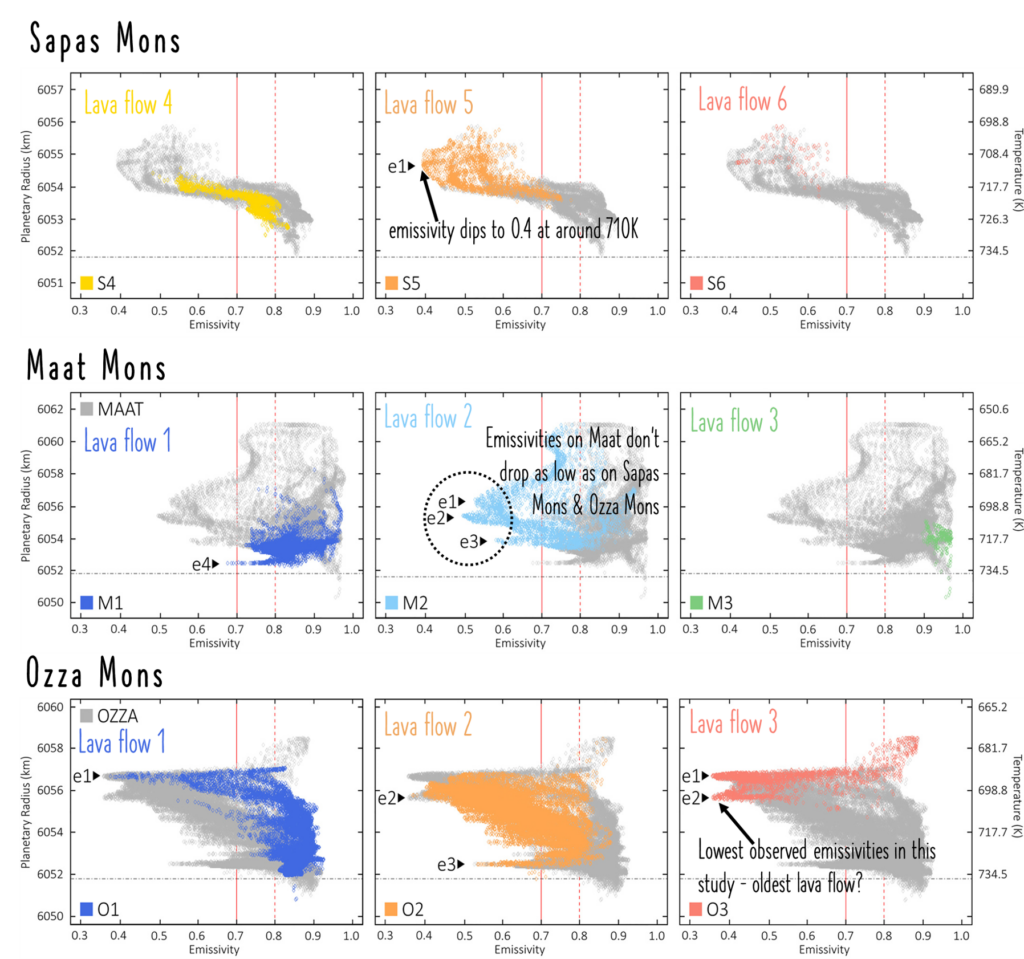
Next, the paper compiles a table of geologically plausible ferroelectric minerals that might be found on Venus. Ferroelectrics are a class of materials with electrical properties that change once they reach a critical temperature, known as the “Curie temperature.” Examples include perovskite oxides (like sodium-niobate and lead titanate PbTiO3), which switch from low to high dielectric constants at around 700K. This increase in dielectric constant changes how perovskite oxides interact with electromagnetic radiation and leads to a decrease in their radar emissivity, which means they could be a good candidate for explaining Venus’ high altitude emissivity mystery.
Curie temperatures near 700K make perovskite oxides good candidates for explaining Venus’ low emissivity highlands, particularly because small variations in their composition can lead to ~10K shifts in Curie temperatures, which means they could potentially explain multiple emissivity excursions. Today’s paper also identified chlorapatite (Ca5(PO4)3Cl) as a potential ferroelectric on Venus. Its Curie temperature is in the right range, and it can be formed through a reaction between the HCl in Venus’ atmosphere and apatite, a common mineral found in volcanic rocks all over the Solar System.
From radar mystery to volcanic history
Today’s paper also noticed that the magnitude of emissivity excursions at the same temperature changes from lava flow to lava flow and argues that this observation could provide support for ferroelectrics generated by chemical reactions. By calculating emissivities for lava flows with varying concentrations of high dielectric minerals, they demonstrate that older lava flows should have lower emissivities than younger lava flows that haven’t had time to build up enough ferroelectrics yet (e.g. Ozza Mons vs. Maat Mons in Figure 2).
If it’s true that the low emissivities at high elevations on Venus are related to lava flow age, this would provide a powerful tool for mapping out the volcanic history of the planet. Currently, planetary scientists are only able to determine the relative ages of lava flows on the same volcano based on which lava flows are on top in radar topographic maps. If low emissivities are seen at the same temperature level in lava flows on multiple volcanoes, however, the magnitude of the emissivity drop could be used to figure out which of the volcanoes erupted lava most recently, and where might be the best places to search for volcanic activity (and tectonic activity) on Venus today!
Edited by Sumeet Kulkarni
Featured image credit: NASA/JPL


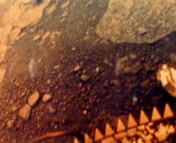
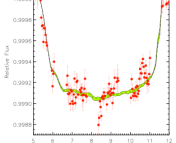
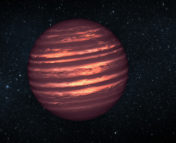
A well-written & clear article about some cool science. Thank you!